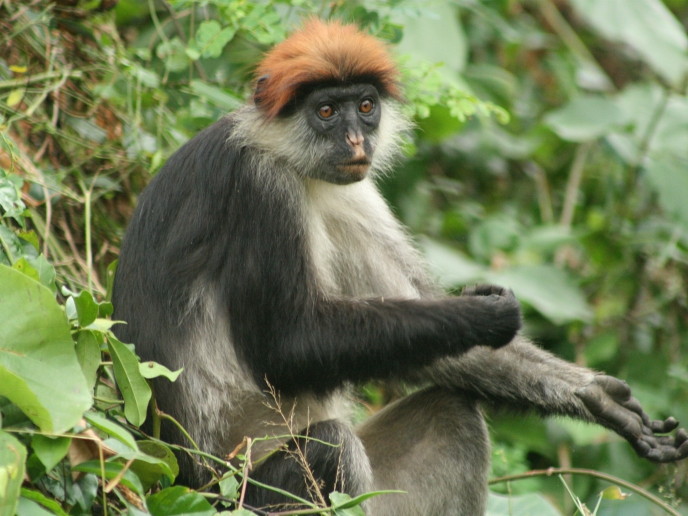Microorganisms and parasites help identify conservation status of endangered primates
Habitat degradation has led to the disappearance of many species, with primates living outside protected areas being particularly vulnerable to these changes. Hence, primates are an excellent model system for investigating the impact of human disturbance and habitat degradation on their gut biota (bacteria, fungi and parasitic worms). The EU-funded WILDGUT (GUT biota indices: a new tool for WILD animal conservation) project investigated the four-way interplay between habitat changes, host species and gut micro- and macro-parasites in natural environments. “We studied wild animal gut biota in contrasting habitat types to identify possible biomarkers associated with conservation status, which can be used to improve wildlife management strategies,” says Marie Skłodowska-Curie Action fellow, Claudia Barelli. The initiative assessed the diversity and composition of gut microbiota and parasitic worms in two wild primate species (red colobus and yellow baboon) living in degraded and intact forested areas of the Udzungwa Mountains, an international biodiversity hot spot in Tanzania. They also identified interactions between microbiota and parasitic worms, and developed statistical models to determine the conservation status of the primate populations.
Differences in gut biota
Although the two selected primates are phylogenetically related, the bacterial and fungal composition of their guts was clearly different. The red colobus had a higher bacterial gut biodiversity possibly due to it being a leaf eater, while yellow baboons are omnivorous. In addition, despite the short geographical distance separating the well protected from the degraded forest, individual primates of the same species have unique gut biota compositions in each forest type, especially bacteria and fungi. Intact habitats are expected to offer their inhabitants a more diverse diet, which translates into a higher gut microbiota diversity. However, this hypothesis only worked for the tree-dwelling, leaf-eating red colobus monkeys. “The same association was not found in the omnivorous crop-raiding yellow baboons. This is due to the rapid conversion of tropical forest into agricultural croplands and the alteration of behaviour in baboons by feeding on human food waste and crops,” Barelli explains. By widening their dietary choices, baboons most likely increased their bacterial richness and consequently changed their gut biota composition. “However, this increase in diversity may not be entirely positive; for example, we observed that baboons living in degraded habitats had an enrichment of bacterial genera such as Sarcina and Prevotella, which are generally associated with consumption of sugar-rich food and potentially linked to chronic gut inflammatory conditions and implicated in gut diseases,” observes Barelli.
Impact of parasitic worms
The gut biota includes not only bacteria and fungi but also parasitic worms, which are an important component for gut health. Despite the huge difference across primate species, with baboons having a higher level of richness of parasitic worms compared to the red colobus, we also found a reduction of parasite diversity in animals living in the degraded forests compared to those from intact forests. According to Barelli, this result confirms those found for bacteria, and strengthens the idea that habitat changes also promote biodiversity loss at a micro scale, adding: “The need for further investigations on the health impacts of changes in the different components of the gut biota and their interactions in conservation is ever more urgent.” WILDGUT will lead to a better understanding of the impact of human activities on microbiodiversity, and whether such changes could have an effect on wildlife health, and ultimately on the conservation status of species.
Keywords
WILDGUT, primates, gut biota, forest, conservation status, parasitic worms, red colobus, biodiversity, yellow baboon, biomarker, Udzungwa Mountains







